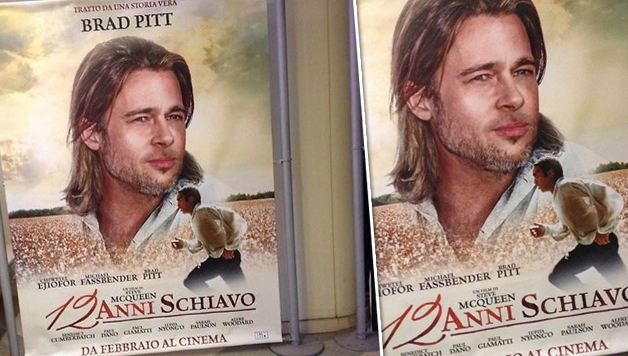“How is this still a thing?”
Race
White Savior Movies, Ranked
White saviors in film: Because we can’t expect people of color to save themselves now, can we?
Check out the article: White Savior Movies, Ranked – Flavorwire
A History Of Blackface In Movies: From ‘Birth of a Nation’ to ‘White Chicks’
This article was written November 1 by Youyoung Lee at the Huffington Post in light of some controversial Halloween costume choices that had been popping up in the media. I came across it just after my African American Studies professor discussed it in our class and decided it was worth sharing. One thing I’ve noticed is that this timeline features old classic films that are considered timeless and were highly revered at the time of their release (Of course, this kind of in-your-face racism probably wouldn’t fare too well in cinema today). Articles like this make me wonder how many films I enjoyed without realizing that some underlying racial stereotype is being used.
I try to always watch films with a critical eye but, in my opinion, the moviegoer culture today tends to view films more as an “escape” from having to think critically. With reading, you have to use the words to build the visual of the story in your mind, whereas with movies, the filmmakers have essentially created the visual for you. In this sense, if I were to compare the act of reading a book to watching a movie, I’d say that reading almost requires a more active mind than what is necessary for watching a movie. Simply absorbing a visual that is presented to you ready-made form can allow you to shift your mind into a passive state, making you less aware of the content you’re taking in and and inherently less critical of the messages that lie beneath it.
Another aspect of moviegoer culture I’ve noticed is a abhorrence towards critical discussion of films. Oftentimes when I begin to analyze and critique films after watching it with others, I’m met with resistance. I’m told that I am “over-thinking” things and I’ll get responses like: “It’s just a movie, don’t ruin it” and “It’s not supposed to provide social commentary/uphold social equality/embrace ethnic diversity…it’s just supposed to entertain you.” When it comes to reading, I think the general population has this perception books are meant to challenge us and, therefore, we are allowed to openly analyze and critique them. I hope more people will start thinking about films with the same mindset.
Hmmm I got a little off-topic there. Anyways, I enjoy reading articles in either of these subject areas (film and race studies) and it’s always a treat when I get to see them converge.
Here is the article:
A History Of Blackface In Movies: From ‘Birth of a Nation’ to ‘White Chicks’
By Youyoung Lee / www.huffingtonpost.com
November 1, 2013
Original Article
Julianne Hough’s ill-advised Halloween costume reignited the question: Is it ever OK to appear in blackface? Perhaps those defending the 25-year-old actress have forgotten the painful history of blackface in entertainment and media. Classic films often serve as a reminder of our nation’s ugly racist past whenever we dust off our VHS tapes.
But “blackface” appears in many forms. At its crux, it’s most offensive when one ethnicity attempts to mimic another, reducing a character to the color of his or her skin, and worse, perpetuating stereotype. In this spirit, we’ve included other examples of egregious racial typecasting in Hollywood. Below, take a quick history lesson of blackface in Hollywood, in all its incarnations.
1. “Birth of a Nation” (1915)
Not only was the first-ever feature-length film a cinematic triumph, it was also astonishingly racist. Director D.W. Griffith’s saga, which ran over three hours and was shown in two parts, followed a South Carolina town during the Civil War and pitted white men in blackface against actors playing the Ku Klux Klan protecting the “Aryan” cause. According to this New Yorker article, the movie “proved horrifically effective at sparking violence against blacks in many cities.”
2. “The Jazz Singer” (1927)
“The Jazz Singer” follows Jakie Rabinowitz (Al Jolson), who rejects his Jewish heritage in order to pursue his dreams of being a popular jazz singer — in blackface. The film was generally received positively by white and black critics alike, with Harlem’s Amsterdam News writing, “Every colored performer is proud of [Jolson].”


